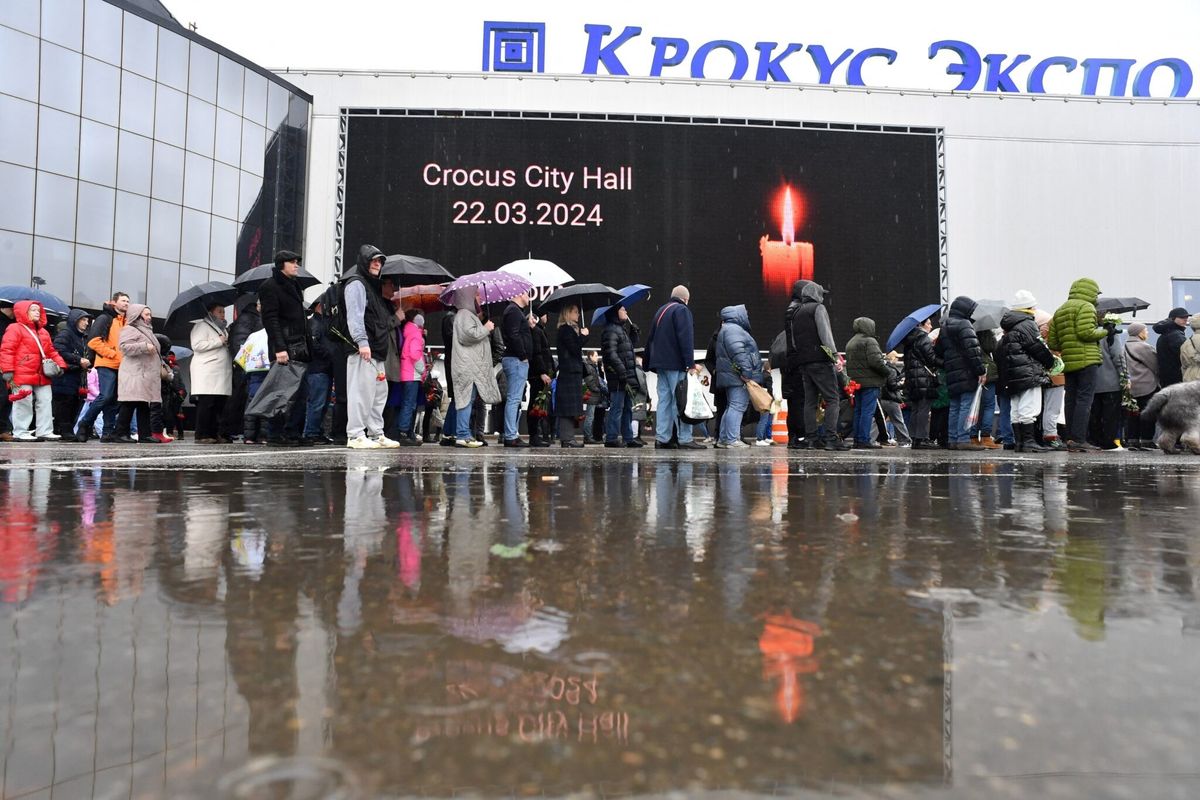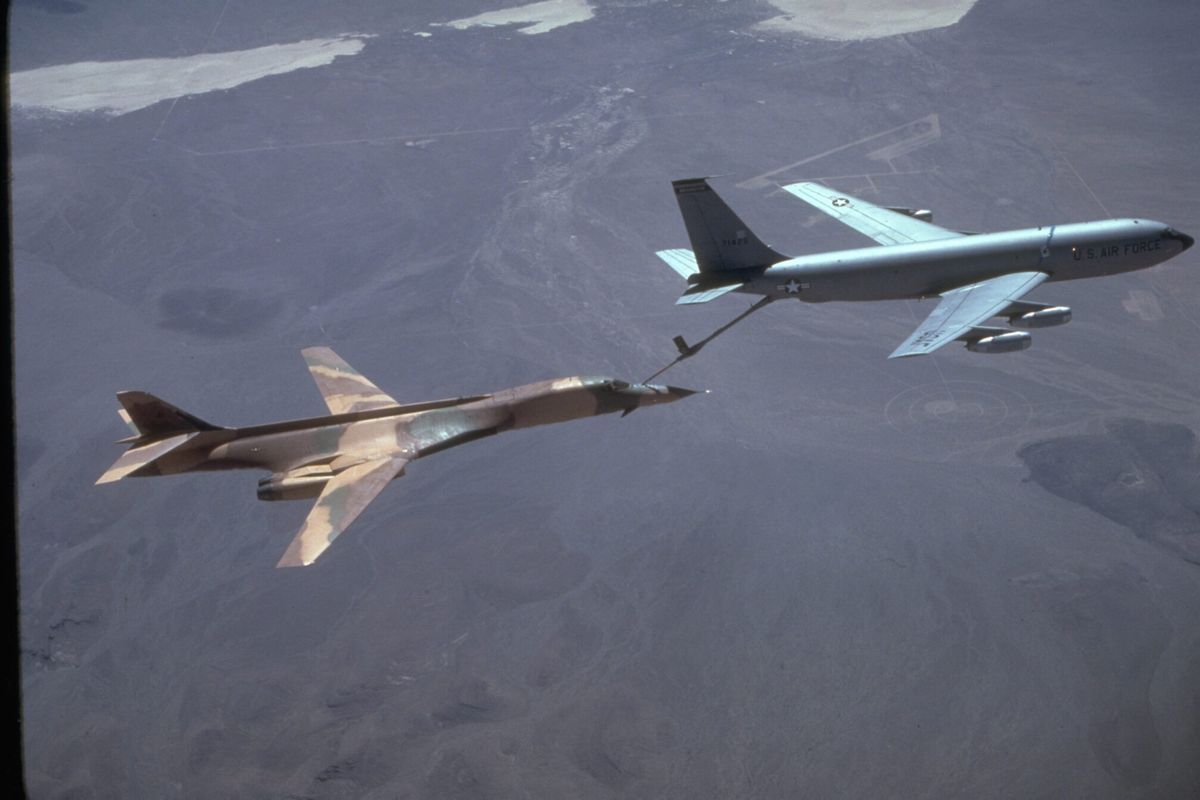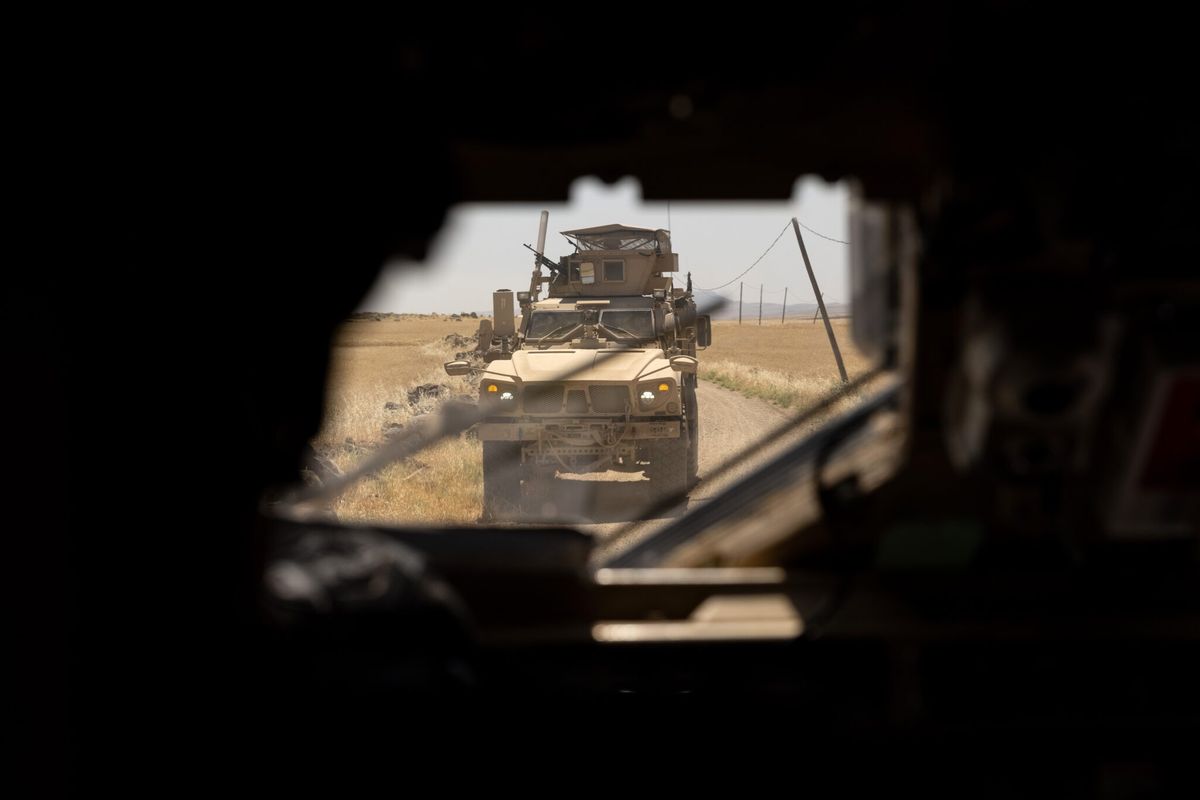After eight months of grinding conflict, Iraqi commanders are now confident that the battle to retake Mosul from ISIS is in its final phase. Pushing across the Tigris River, Iraqi Security Forces have liberated nearly all of western Mosul and, although defeating ISIS’ last stand in the densely packed urban environment of the Old City will be difficult, Iraq’s generals predict victory as early as June 10. As Lieutenant General Qasim Nazzal told Iraqi state television on Sunday that ISIS “is drawing its last dying breath.”
June 10 may be optimistic but at this point, ISIS’ defeat in Mosul is all but certain. The real question now is what will happen after the city is retaken. The operation to liberate Mosul is led by the newly trained and reinforced Iraqi Security Forces, particularly the elite Counterterrorism Services that have formed the vanguard of the assault.
However, the effort to secure the city’s outskirts and the rest of northern Iraq’s Nineveh province has also drawn together an uneasy coalition of Kurdish Peshmerga, majority-Shi’a Popular Mobilization Forces (PMF), and other local forces. Working in concert with U.S.-led coalition forces, these disparate groups have remained relatively cohesive in the fight against a common enemy. When ISIS is gone, though, competing interests could lead these groups to turn on each other once Mosul has fallen.
The Iraqi central government in Baghdad is best positioned to maintain control of Mosul proper. Fighting within the city has been conducted almost entirely by the Iraqi army, federal police, and special operations forces, ensuring that the country’s second-largest city and capital of Nineveh province remains in Baghdad’s hands. Outside the city, however, the semiautonomous Kurdistan Regional Government (KRG) and its Peshmerga armed forces control a large swath of territory wrapping around Mosul from the north. Meanwhile, Shi’a Popular Mobilization Forces have cut deep into ISIS territory to the west of Mosul toward Tel Afar. There are also other local militias and tribal forces that have supported the fight against ISIS in various areas and may now pursue their own objectives.
Mount Sinjar shows how dangerous and complex this uneasy mixture of groups has become. Sinjar became infamous in 2014 after advancing ISIS forces captured the area from the KRG, massacred many of the area’s Yazidi – an ancient offshoot of Christianity – inhabitants, and laid siege to a group of Yazidi refugees trapped on Mount Sinjar. Today, ISIS has been pushed out of most of Sinjar but full control over the area is now contested by a messy combination of Peshmerga, Shi’a PMF, Turkish Kurdish PKK (Kurdistan Worker’s Party), and Syrian Kurdish YPG (Peoples’ Protection Units) forces. As a result, says Bilal Wahab, Soref Fellow at the Washington Institute for Near East Policy, Sinjar has now become “a huge flashpoint,” where conflict could suck in regional, as well as local, players.
Turkey and Iran are the two regional powers most invested in the fate of northern Iraq, and especially the Sinjar mountains, strategically located near the Syrian and Turkish borders. Ankara’s primary objective is to prevent both the PKK and the YPG from establishing a permanent military foothold in the area, and it may even consider direct military intervention in Sinjar if the PKK continues to develop its bases there. Establishing strong Turkish influence in the area would also have the welcome effect of blocking Iran-backed PMF units from building a secure corridor to Syria and Lebanon through Iraq. The Turks would also like to bolster their influence with local players in northern Iraq writ large. Turkey already has close relations with the KRG, but it is also funneling military and political support to the local Nineveh Guards militia led by former Nineveh Governor Atheel al Nujaifi, as well as a number of ethnic minority militias. Given the descent of Turkish-Iraqi relations into bitter unease in recent years, Ankara would prefer Nineveh to become a semiautonomous federated province led by a Sunni ally like Nujaifi than see it fall back under Baghdad’s sway.
Iran, on the other hand, exerts deep influence in Baghdad and would like to see the central government reassert control over Nineveh. To ensure that its influence is not tempered by outside forces, Tehran is also pushing hard to reduce the U.S. presence in Iraq. According to Ahmad Majidyar, Director of the IranObserved Project at the Middle East Institute, “PMF groups close to Iran’s Revolutionary Guards … have lately dialed up propaganda against American troops that are advising and assisting Iraqi security forces.” Majidyar thinks that these PMF groups might even “wage another violent campaign to speed up the U.S. withdrawal – reminiscent of what followed the 2003 Iraqi invasion.”
One group that is not very well positioned in these power dynamics is the Sunni population of Mosul and Nineveh. This suggests that if ethnic and religious tensions are not soothed through political and military power-sharing arrangements, frustration could boil up to the point where, as in 2014, the ground is fertile for ISIS or a group like it to rise to power again.
Now, in the final days of the battle to retake northern Iraq, the U.S. is well placed to shepherd Mosul and Nineveh’s transition to post-ISIS stability. As retired U.S. Lieutenant General and Cipher Brief expert, Guy Swan, puts it “this is perhaps the most important point in a bloody, eight month-long campaign … now, U.S. leaders at all levels must advise, assist, and encourage their Iraqi counterparts to apply the necessary resources and attention to quickly provide for the affected population.”
—
View our expert commentary on this topic:
Military Victory in Mosul Likely to Lift P.M. Abadi’s Reelection Campaign, by Bilal Wahab, a Soref Fellow at the Washington Institute for Near East Policy
Iran Looks to Expand Influence in Iraq When Mosul Falls, by Ahmad Majidyar, a Fellow and Director of the IranObserved Project at the Middle East Institute
Fritz Lodge is a Middle East and international economics analyst at The Cipher Brief. Follow him on Twitter @FritzLodge.












